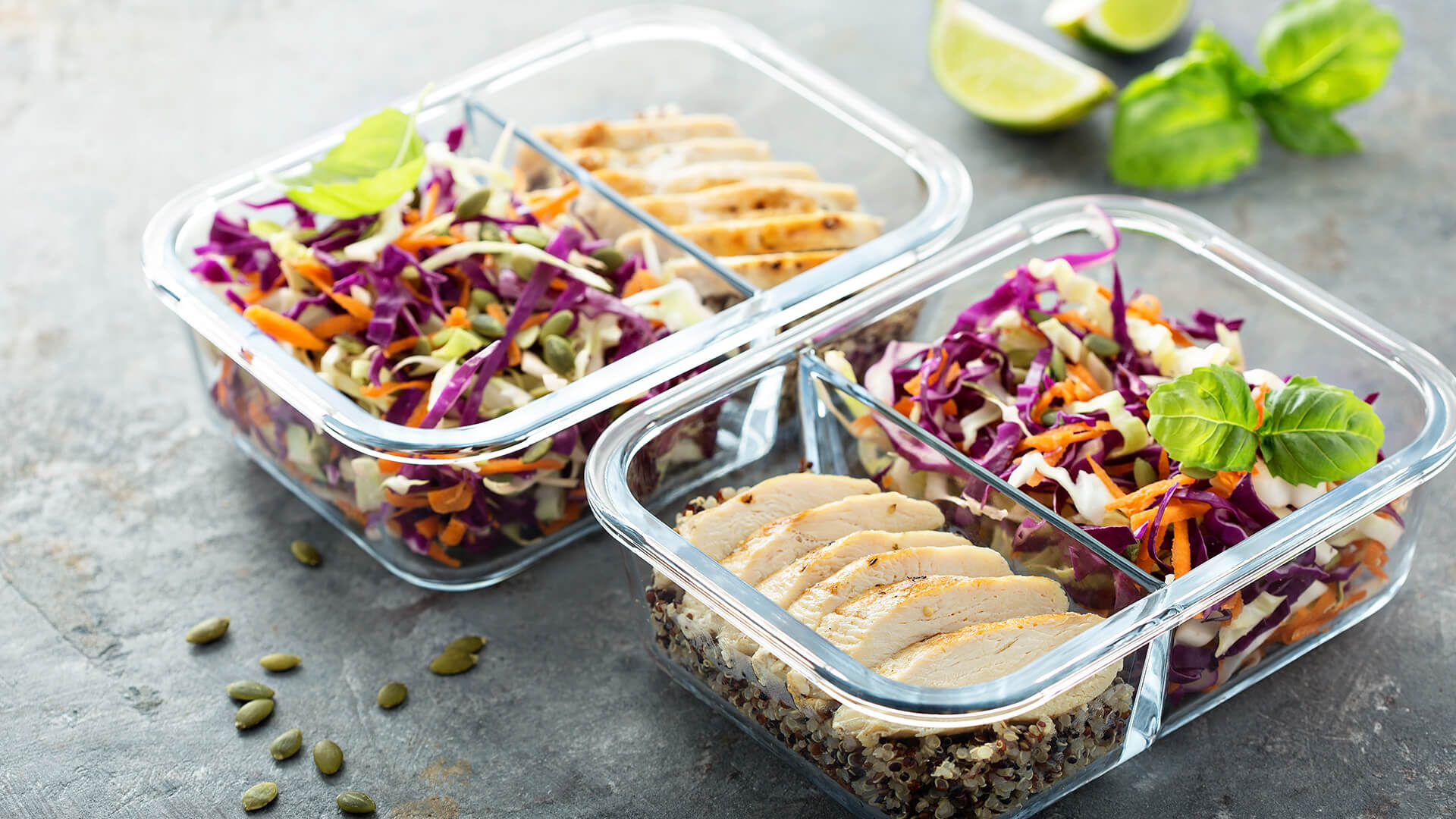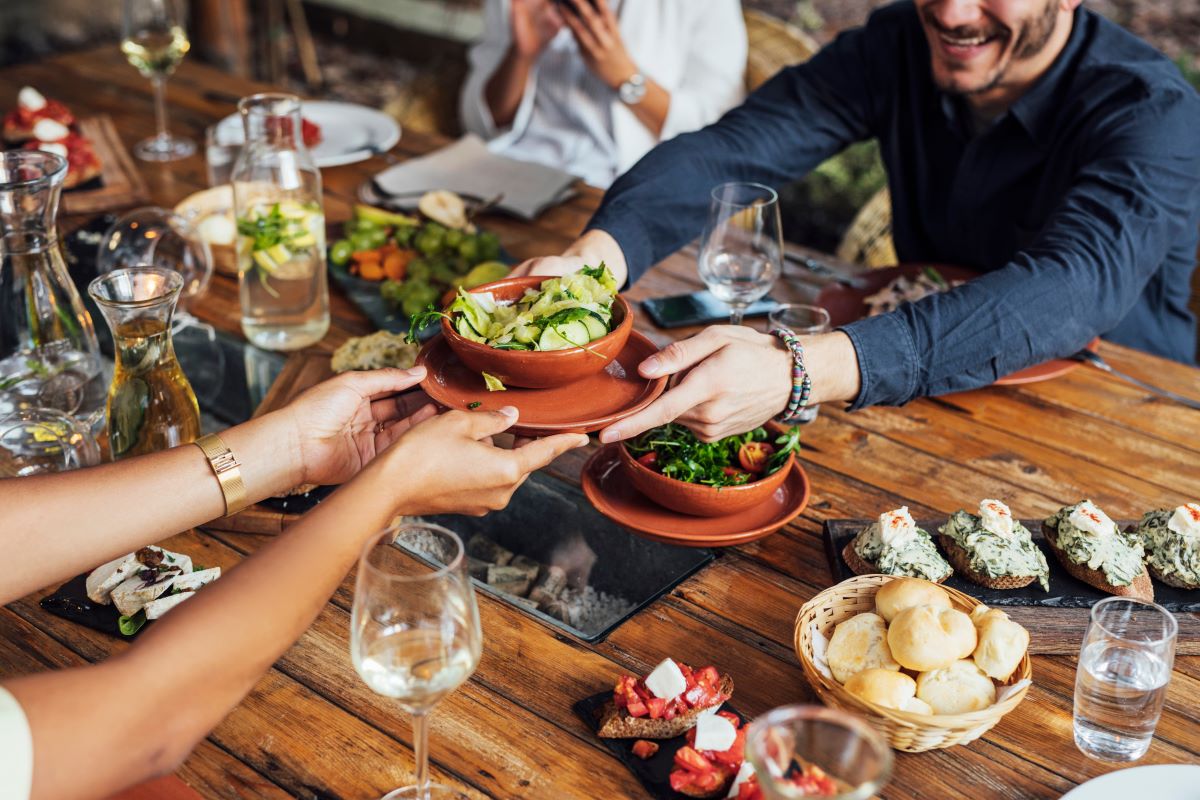A common question we often hear at U.P. is ‘what are the best foods for X goal?’ The answer is… it depends! The types and quantities of the foods that you eat during a diet may vary according to your goal, but there are a few golden rules that we know work across all individuals and goals…
Key takeaways
- There are no “good” or “bad” foods, just ones that are more or less beneficial for health and body composition.
- Creating a consistent calorie deficit is the only thing we need to lose weight.
- If you want to improve your body composition, you should be interested in maximising your nutrient intake.
- Some key qualities for “diet-friendly” foods include:
- Solid, not liquid calories.
- High in fibre.
- High in protein.
- Low-calorie density.
- Minimally processed.

“Fat loss foods” do not exist!
While it is true that standard servings of some foods contain very few calories, the idea of a ‘negative-calorie food’ is a myth. For this to be the case, the thermic effect of food (TEF) would have to be more than 100%, meaning that the caloric cost of digesting the food is greater than its actual energy content.
Protein has the highest TEF of all nutrients at 20-30%, which still leaves at least 70% of the calories for your body to use or store. All foods add at least some calories to your calorie balance – no foods subtract them. Overeating any type of food, even those labelled as “healthy”, will lead to weight gain.
There is no such thing as a “fattening” food either!
Part of developing a healthy relationship with food is understanding that no food is naturally ‘bad’ for you. In terms of weight loss alone, a calorie is a calorie and if you are in a state of negative calorie balance, you can technically eat anything you want and still lose weight. But, if you are interested in losing body fat and building muscle, then you should not interpret this as being a free reign to eat whatever you want.

Some foods are better for fat loss and health than others
Foods that are good for fat loss share one or more of the following characteristics:
- Contain few calories per gram.
- Solid, rather than liquid composition.
- High in fibre.
- High in protein.
Examples include whole and minimally processed foods (close to their natural form) like fresh fruit, vegetables and meat. These types of food are also typically nutrient-dense and provide several micronutrients that have positive health effects. While we do not recommend completely removing a specific food from your diet (unless medically advised to do so), limiting your intake of certain foods can make it easier to stick to your meal plan.
These foods are the opposite of those mentioned before. Examples include obvious things like alcohol, sodas, sweets and fast foods, but you also must be careful with certain ‘healthy’ foods like nuts and oils (fat loss does not necessarily follow healthy eating, and vice-versa). Everybody also has their own personal ‘trigger foods’ that they struggle to eat only in moderation.

We typically recommend limiting consumption of calorie-dense foods, which are those that contain a high number of calories per unit of volume. The problem with calorie-dense foods is that while eating a large proportion of your calories in one sitting may taste great in the moment; it can cause big fluctuations in your energy levels and leave you feeling hungry later in the day.
For example, you could very easily eat 500 kCal worth of pizza and be hungry soon after. In contrast, a calorie-equated serving of lean protein and vegetables would keep you full for hours.



